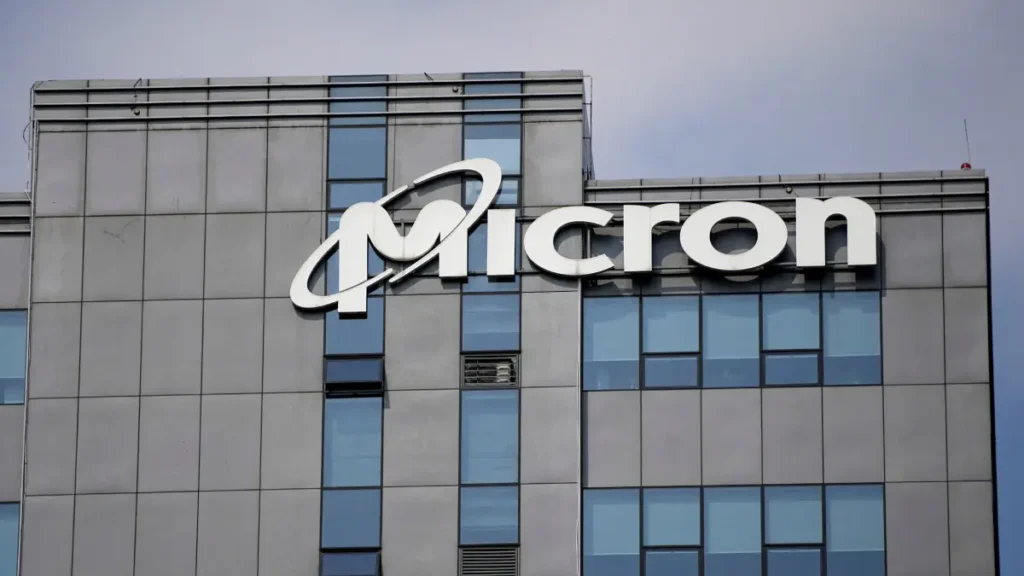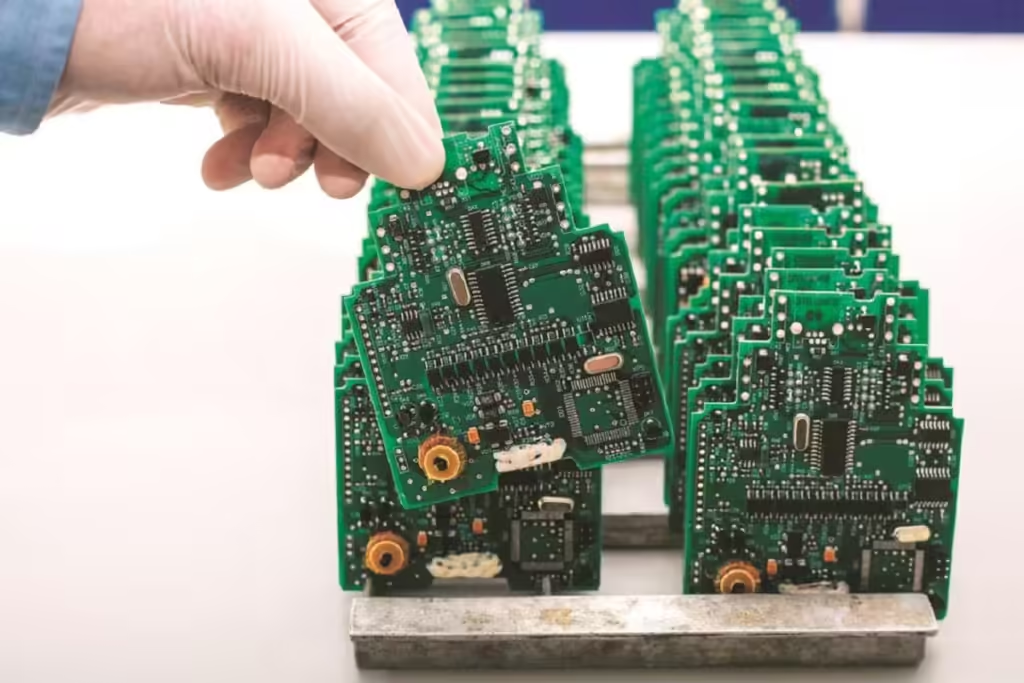Anand Ramamoorthy, the managing director of Micron India, told Mint in an interview that the company will begin producing its first semiconductor chips built in India in the first half of 2025, out of its packaging facility in Sanand, Gujarat.

The majority of the chips made in Sanand, according to Ramamoorthy, will be exported, which could help the business become a dominant player in the global semiconductor market.
Ramamoorthy stated that Internet of Things (IoT) devices, smartphones, laptops, and data centers would all use the chips. However, closer to the point of final production, the precise distribution of the chips will be decided upon taking into account variables like client demands, pricing considerations, and demand dynamics.
Micron is also searching for new business opportunities in emerging sectors, including as government contracts that are specific to the Indian market and electric two-wheelers.
As part of its efforts to expand its semiconductor supply chain into India, major suppliers including Simmtech have started establishing sites in Gujarat. According to Ramamoorthy, the company is working with suppliers and the government to take advantage of the prospects that India’s semiconductor ecosystem presents.
Micron is building an assembly, testing, monitoring, and packaging (ATMP) plant in India as part of the government’s $10 billion financial incentive program for semiconductor manufacture and assembly. With major financial support from the federal and state governments, the project is expected to provide thousands of direct and indirect job opportunities, significantly improving India’s semiconductor industry.

Bloomberg revealed earlier this week that the US Commerce Department may award Micron Technology incentives totaling $6.1 billion in order to revive semiconductor manufacturing in the US. The business reportedly promised to build up to four plants in New York and one in Idaho, but it also stated that in order to make up for cost differences between the US and foreign units, it would need to use a combination of Chips grants, investment tax credits, and municipal incentives.
In addition to India, the business has projects in China and Japan.



